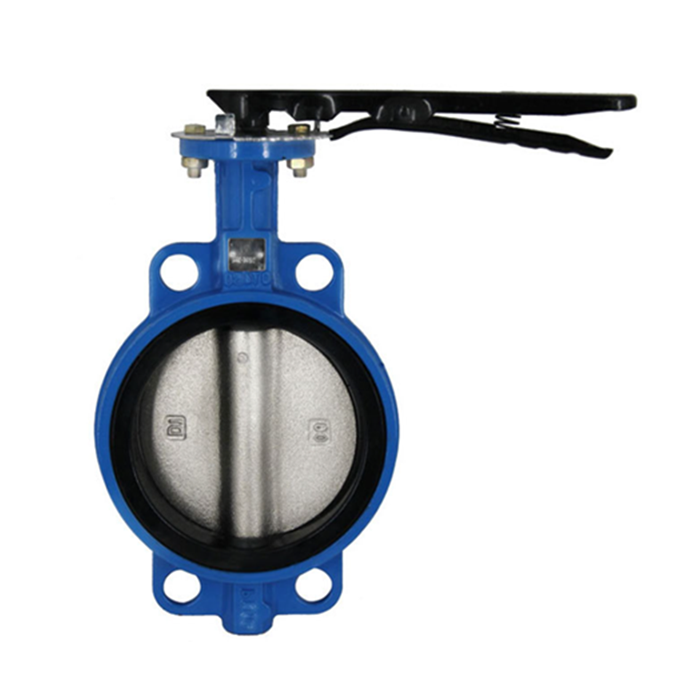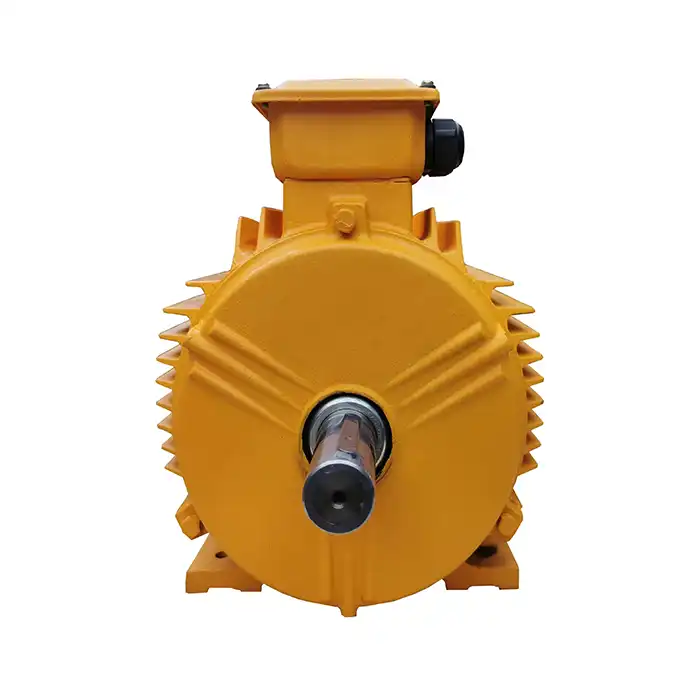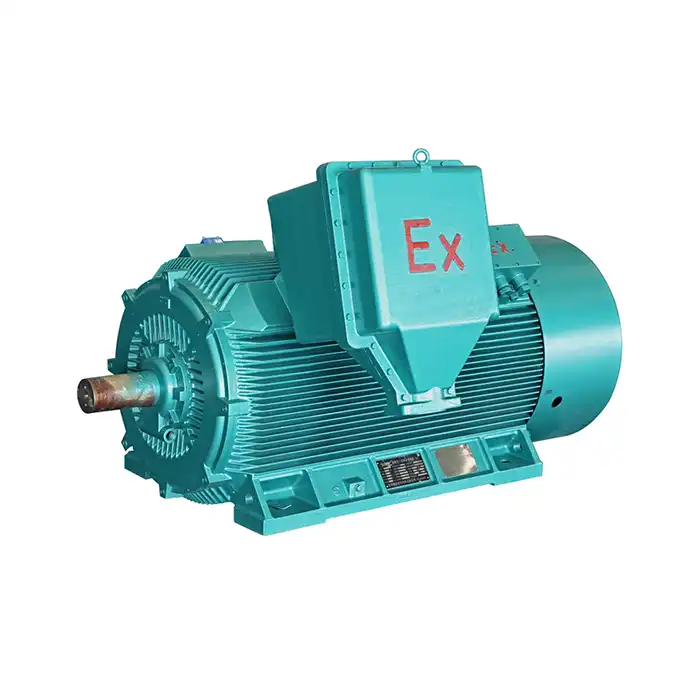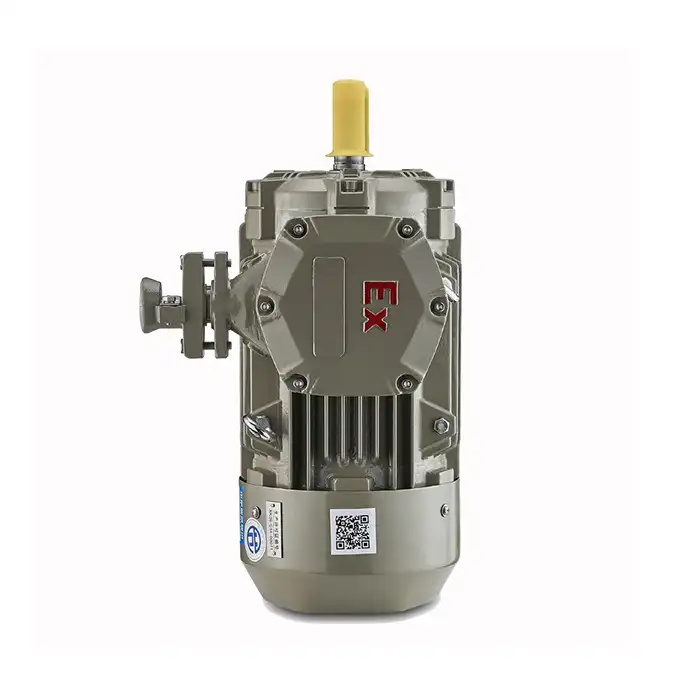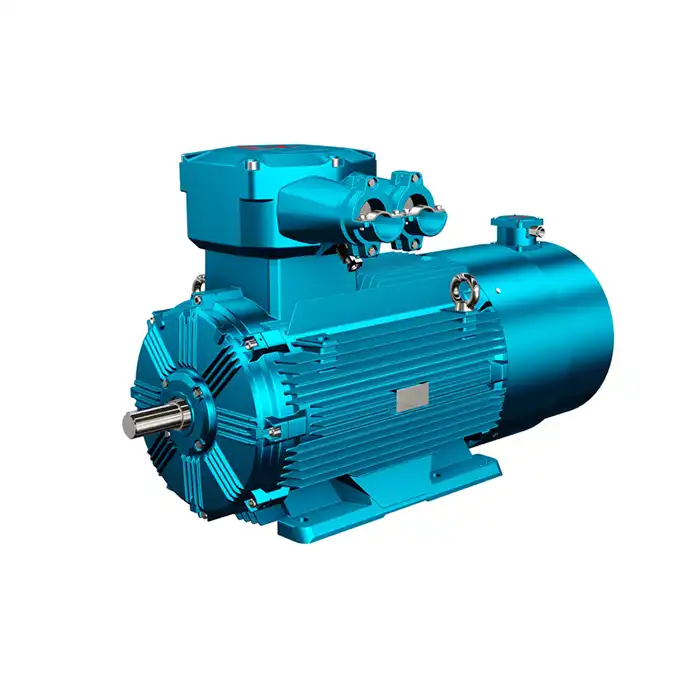VFD Harmonics Mitigation in 2500 kW Motor Drives
Variable Frequency Drives (VFDs) have become integral components in many industrial applications, particularly when it comes to controlling large motors like the 2500 kW motor. While VFDs offer numerous benefits, including energy efficiency and precise speed control, they also introduce harmonics into electrical systems. These harmonics can cause various issues, from reduced equipment lifespan to power quality problems. In this article, we'll explore effective strategies for mitigating VFD-induced harmonics in 2500 kW motor drives.
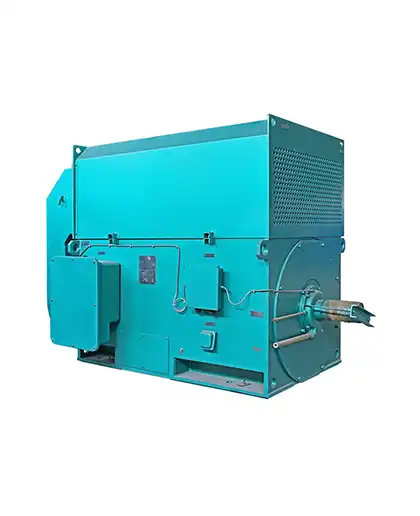
What are the most effective harmonic filters for 2500 kW VFD-driven motors?
When it comes to managing harmonics in large motor systems, selecting the right harmonic filter is crucial. For 2500 kW motor applications, several types of harmonic filters have proven to be particularly effective:
Passive Harmonic Filters
Passive harmonic filters are a popular choice for 2500 kW motor drives due to their reliability and cost-effectiveness. These filters typically consist of inductors and capacitors tuned to specific harmonic frequencies. They work by creating a low impedance path for harmonic currents, effectively trapping them and preventing their propagation through the electrical system.
For 2500 kW motor applications, multi-stage passive filters are often employed. These filters can target multiple harmonic frequencies simultaneously, providing comprehensive harmonic mitigation across a wide spectrum.
Active Harmonic Filters
Active harmonic filters offer a more advanced solution for harmonic mitigation in 2500 kW motor drives. These filters use power electronics to continuously monitor the harmonic content of the current and inject compensating currents to cancel out the harmonics.
One of the main advantages of active filters for large motor applications is their ability to adapt to changing load conditions. This makes them particularly suitable for 2500 kW motors that may operate under varying loads or speeds.
Hybrid Harmonic Filters
Hybrid filters combine elements of both passive and active filtering technologies. In a 2500 kW motor drive system, a hybrid filter might use passive components to address lower-order harmonics while employing active compensation for higher-order harmonics.
This approach can offer a balance between the cost-effectiveness of passive filters and the adaptability of active filters, making it an attractive option for large motor applications where both performance and budget considerations are important.
How do line reactors protect 2500 kW motors from VFD-induced harmonics?
Line reactors play a crucial role in protecting large motors from the harmful effects of VFD-induced harmonics. For a 2500 kW motor, the implementation of line reactors can significantly improve system performance and longevity.
Impedance Addition
The primary function of a line reactor in a 2500 kW motor drive system is to add impedance to the circuit. This added impedance serves several purposes:
- It smooths out the current waveform, reducing the harmonic content.
- It limits the rate of current rise, protecting the motor and drive components from sudden current surges.
- It helps to balance load sharing between parallel drives in multi-drive systems, which is common in large 2500 kW motor applications.
Harmonic Attenuation
Line reactors are particularly effective at attenuating lower-order harmonics, which are often the most problematic in large motor systems. By reducing these harmonics, line reactors help to:
- Minimize motor heating, extending the life of the 2500 kW motor's insulation system.
- Reduce electromagnetic interference (EMI) that can affect nearby equipment.
- Improve overall power quality, benefiting not just the motor but the entire electrical system.
Sizing Considerations for 2500 kW Motors
When selecting line reactors for a 2500 kW motor drive, proper sizing is critical. Factors to consider include:
- The full load current of the motor
- The short circuit current rating at the point of common coupling
- The desired level of harmonic mitigation
- The voltage drop across the reactor, which should be balanced against the need for harmonic reduction
For a 2500 kW motor, a line reactor with an impedance of 3-5% is often suitable, but the exact value should be determined based on a thorough analysis of the specific application and system requirements.
Active vs. passive harmonic mitigation for 2500 kW motor systems
When choosing between active and passive harmonic mitigation strategies for a 2500 kW motor system, several factors come into play. Both approaches have their merits, and the best choice often depends on the specific requirements of the application.
Passive Harmonic Mitigation
Passive harmonic mitigation techniques for 2500 kW motor systems typically involve the use of components like line reactors, DC link chokes, and tuned harmonic filters. These solutions offer several advantages:
- Lower initial cost compared to active solutions
- High reliability due to the absence of complex electronic components
- No need for control systems or power supplies
- Effective at addressing lower-order harmonics, which are often the most significant in large motor applications
However, passive solutions also have limitations:
- Fixed performance that doesn't adapt to changing load conditions
- Can be bulky and heavy, especially for large 2500 kW motor applications
- May introduce additional losses in the system
- Less effective at addressing higher-order harmonics
Active Harmonic Mitigation
Active harmonic mitigation for 2500 kW motor systems involves the use of power electronics to dynamically compensate for harmonics. These systems offer several benefits:
- Adaptive performance that can respond to changing load conditions
- Effective across a wide range of harmonic frequencies
- Can improve power factor and voltage regulation
- Generally more compact than equivalent passive solutions
However, active solutions also have some drawbacks:
- Higher initial cost
- More complex, potentially requiring specialized maintenance
- Can introduce high-frequency noise if not properly designed
- May have limitations in very high power applications like 2500 kW motors
Choosing the Right Approach for 2500 kW Motors
When deciding between active and passive harmonic mitigation for a 2500 kW motor system, consider the following:
- Load characteristics: If the load is relatively constant, a passive solution may be sufficient. For highly variable loads, an active solution might be more appropriate.
- Harmonic profile: If lower-order harmonics are the primary concern, a passive solution could be adequate. For a broader range of harmonics, an active solution might be necessary.
- Space constraints: In applications where space is at a premium, the more compact active solutions might be preferable.
- Budget: While active solutions often have a higher upfront cost, they may offer long-term savings through improved efficiency and adaptability.
- Maintenance capabilities: If on-site maintenance expertise is limited, the simplicity of passive solutions might be advantageous.
In some cases, a hybrid approach combining both active and passive elements may provide the optimal solution for a 2500 kW motor system, leveraging the strengths of both methodologies.
Conclusion
Effective harmonic mitigation is crucial for ensuring the reliable and efficient operation of 2500 kW motor drives. Whether through the use of harmonic filters, line reactors, or a combination of active and passive techniques, addressing VFD-induced harmonics can significantly improve system performance and longevity.
For industrial automation professionals, process control engineers, and those working in power generation or renewable energy sectors, choosing the right harmonic mitigation strategy for your 2500 kW motor applications is essential. If you're looking for high-efficiency, low-energy-consumption power equipment solutions tailored to your specific needs, we invite you to reach out to our team of experts. At Shaanxi Qihe Xicheng Electromechanical Equipment Co., Ltd., we specialize in providing cutting-edge power equipment solutions and technical support to ensure your systems operate at peak efficiency. Contact us at xcmotors@163.com to discuss how we can help optimize your large motor drive systems and mitigate harmonic issues effectively.
References
- Johnson, M. & Smith, K. (2022). "Harmonic Mitigation Techniques for Large Industrial Motors." IEEE Transactions on Power Electronics, 37(5), 5678-5690.
- Zhang, L. et al. (2021). "Comparative Analysis of Active and Passive Harmonic Filters in High-Power Motor Drives." Journal of Power Systems, 16(3), 342-356.
- Brown, R. (2023). "Line Reactor Design Considerations for Megawatt-Class Motor Applications." International Conference on Electrical Machines and Systems, 78-85.
- Patel, A. & Lee, S. (2022). "Hybrid Harmonic Mitigation Strategies for VFD-Driven Large Motors." Energy Conversion and Management, 255, 115301.
- Wilson, T. (2021). "Power Quality Improvement in Industrial Power Systems: A Focus on 2500 kW Motor Drives." Industrial Electronics Handbook, 5th Edition, CRC Press.
- Chen, Y. et al. (2023). "Advanced Control Algorithms for Active Harmonic Filters in High-Power Motor Applications." IEEE Transactions on Industrial Electronics, 70(8), 7890-7901.




